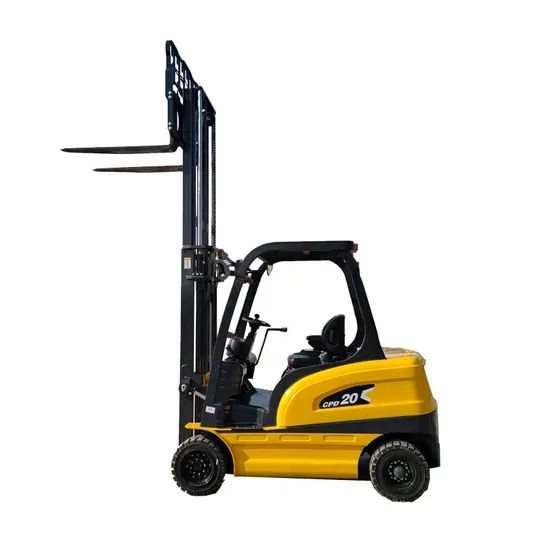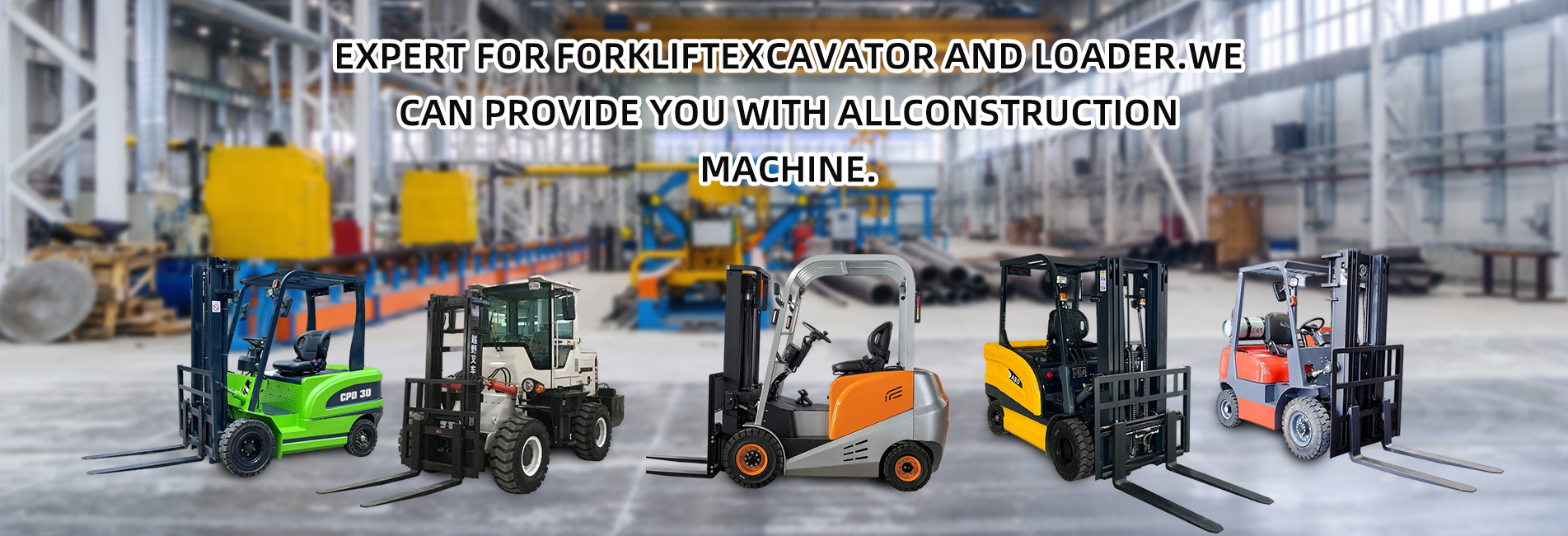Both electric forklifts and fuel-powered forklifts have their own advantages and disadvantages. The choice between them requires a comprehensive judgment based on the operating scenario, cost budget, and usage needs. The following is a comparative analysis from core dimensions to help you make an accurate decision:

I. Comparison Table of Core Differences
| Comparison Dimension | Electric Forklifts | Fuel-powered Forklifts (including diesel, gasoline, and LPG) |
|---|---|---|
| Power and Endurance | Power is relatively gentle, suitable for light to medium loads; relies on batteries, so endurance is limited by battery capacity (8-10 hours for lead-acid batteries, 12-16 hours for lithium batteries), requiring charging/battery replacement | Powerful (especially diesel-powered ones), suitable for heavy loads; can operate immediately after refueling, with unlimited endurance, ideal for long-term continuous operations |
| Adaptability to Operating Environment | Zero emissions and low noise, suitable for indoor environments (warehouses, food/pharmaceutical workshops), enclosed spaces, or scenarios with high environmental protection requirements | Emits exhaust gas (diesel-powered ones produce black smoke, while gasoline/LPG ones are slightly better), with high noise, more suitable for outdoor environments (construction sites, docks) or well-ventilated open spaces |
| Cost Structure | High initial investment (especially lithium battery models, 30%-50% more expensive than fuel-powered ones of the same specification); low long-term costs (electricity fees + maintenance costs are reduced by more than 50%) | Low initial investment (diesel-powered ones have the highest cost performance); high long-term costs (fuel fees + engine maintenance fees account for a large proportion) |
| Maintenance Difficulty | Simple structure (no engine), requiring little maintenance (mainly battery replacement and circuit inspection), with a long maintenance cycle (once every six months) | Complex structure (including engine, gearbox, etc.), requiring frequent maintenance (oil change, filter replacement, carbon deposit treatment, etc.), with a short maintenance cycle (once a month) |
| Applicable Scenarios | Indoor light to medium load (≤5 tons), high-frequency operations, strict environmental protection requirements, and scenarios with charging conditions (such as e-commerce warehouses, food workshops) | Outdoor heavy load (≥3 tons), long-term continuous operations, no charging conditions, and scenarios with low emission requirements (such as construction sites, docks, mines) |
II. Suggestions for Selection in Sub-scenarios
1. Selection by "Operating Environment"
- Mainly indoor (warehouses, workshops): Prioritize electric forklifts
Electric forklifts have zero emissions and noise ≤70 decibels (fuel-powered ones are generally ≥90 decibels), so they will not pollute the workshop air or interfere with workers' communication. They are especially suitable for industries with high cleanliness requirements such as food and pharmaceuticals.
Exception: If the indoor space is extremely large (such as an open warehouse in a large logistics park) and well-ventilated, LPG forklifts (with relatively clean emissions) can be considered, but regular ventilation is still required. - Mainly outdoor (construction sites, docks): Prioritize fuel-powered forklifts
The outdoor environment has loose restrictions on emissions and noise. Moreover, fuel-powered forklifts have strong power (diesel-powered ones can easily handle heavy loads of more than 5 tons, muddy ground, or ramps), and refueling is convenient, without worrying about interrupted endurance.
2. Selection by "Operation Intensity and Endurance"
- High-frequency, long-time operations (12-hour shifts):
- If there are charging conditions: Choose lithium battery electric forklifts (fast charging can restore 80% of the power in 1-2 hours, and 24-hour operation can be achieved with a backup battery).
- If there are no charging conditions: Choose diesel forklifts (refueling can be completed in 5 minutes, suitable for continuous operations).
- Low-frequency, short-time operations (≤4 hours per day):
Fuel-powered forklifts are more cost-effective (low initial investment, no need for additional charging equipment), especially gasoline or LPG forklifts (fast start-up, suitable for temporary handling).
3. Selection by "Cost Budget"
- Short-term use (≤3 years) or limited budget: Fuel-powered forklifts (low initial investment, a 3-ton diesel forklift costs about 80,000-120,000 yuan, and an electric lead-acid forklift of the same specification costs about 100,000-150,000 yuan).
- Long-term use (≥5 years): Electric forklifts are more cost-saving (taking a 3-ton forklift as an example, the annual electricity fee + maintenance fee is about 5,000 yuan, while the annual fuel fee + maintenance fee for fuel-powered ones is about 20,000-30,000 yuan, saving more than 100,000 yuan in 5 years).
4. Selection by "Special Needs"
- Special scenarios such as explosion-proof and clean environments: Electric forklifts must be selected (sparks and emissions from fuel-powered forklifts may cause safety hazards, and electric forklifts can be customized to be explosion-proof).
- Extreme weather (low temperature ≤-10℃): Prioritize diesel forklifts (the capacity of lead-acid batteries will drop by more than 50% at low temperatures; although lithium batteries are slightly better, they are still affected; diesel forklifts need preheating for low-temperature startup but have stronger stability).
III. Summary: One-sentence Decision
Indoor, light to medium load, long-term use, strict environmental protection → Electric forklifts (prioritize lithium batteries, lead-acid batteries can be chosen if the budget is limited).
Outdoor, heavy load, no charging conditions, short-term use → Fuel-powered forklifts (prioritize diesel, LPG can be chosen for light loads).
Outdoor, heavy load, no charging conditions, short-term use → Fuel-powered forklifts (prioritize diesel, LPG can be chosen for light loads).
Only by "matching the scenario" can efficiency, cost, and practicality be balanced.


